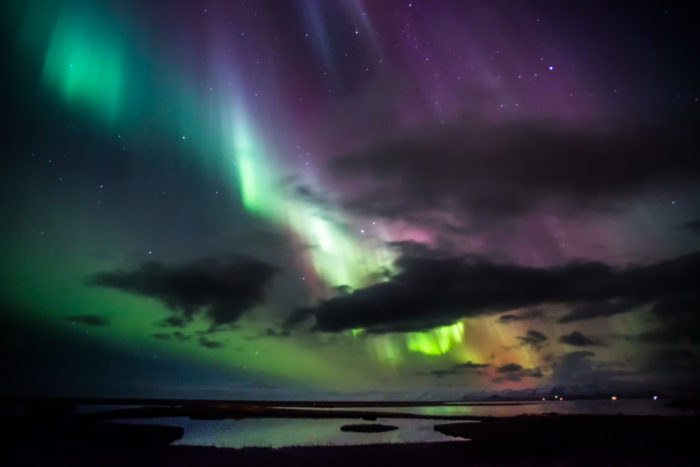 Among all of the environmental sadness we’ve had this year, we do have some good news! A few weeks ago, NASA and NOAA scientists reported that the hole in the ozone layer above Antarctica is smaller than ever recorded. This is terrific news for all species, as the thinning ozone causes more UV damage to all life forms on the planet. However, it appears that this phenomenon is not because of our reduction in emissions.
Among all of the environmental sadness we’ve had this year, we do have some good news! A few weeks ago, NASA and NOAA scientists reported that the hole in the ozone layer above Antarctica is smaller than ever recorded. This is terrific news for all species, as the thinning ozone causes more UV damage to all life forms on the planet. However, it appears that this phenomenon is not because of our reduction in emissions.
The Cycle of the Ozone Layer
An important fact to distinguish is that the ozone hole does not remain the same size year-round. In fact, the hole gets bigger and smaller with the changing seasons. During the winter months in the Southern hemisphere, UV rays break apart the chlorine gas in the polar clouds into chlorine atoms, which damage the ozone layer. On the other hand, in the warmer months, the clouds disperse, leaving no trapped chlorine gas to break up. The summer months allow for the ozone to heal and shrink back down. According to the NOAA, the hole usually reaches a maximum of 8 million miles during years with normal weather conditions. This year, however, the peak of the ozone hole was 6.3 million miles, in September. By October, the hole shrank down to under 3.9 million miles which is the smallest recorded since 1982.
Why did the ozone hole get so large?
The gases that destroy the ozone layer come from different forms of pollution. Manufacturing exhaust, travel emissions, and deforestation are all well-known contributors. However, NASA and NOAA scientists are claiming that the main culprit of the hole in our ozone is a form of chlorine pollution originating from CFCs (chlorofluorocarbons). CFCs are chemicals commonly found in aerosol sprays, blowing agents used for packaging materials, and refrigerants. After the discovery of the ozone hole in 1985, scientists uncovered the detrimental role that CFCs played in the expansion of the hole. This discovery eventually led to the ban of CFC products in 1996. Unfortunately, Paul Newman, chief scientist for Earth Sciences at NASA, reminds us that CFCs can stay in the atmosphere for over 100 years. That means that the hairspray that was invented and used in 1948 could still be destroying our current day ozone layer.
So what changed?
Although the ozone hole’s decrease is excellent news, the reason behind it is not as positive as we think. Newman explained it as a weather fluke: Since during warmer weather, polar clouds don’t form, there isn’t as much trapped chlorine gas attacking the ozone layer. With warming temperatures caused by trapped greenhouse gases, there weren’t as many polar clouds during this winter season in the Southern hemisphere. This means that our pollution is actually the reason the ozone hole didn’t expand as much as it usually does. So I’m sure you’re wondering the same thing I, and many others wondered. Does this mean the ozone hole will keep getting smaller because of our greenhouse gas emissions? Paul Newman tackled this question directly. Although there isn’t as much chlorine gas being emitted, and the warmer temperatures mean that it’s not being broken up into atoms, not all of the greenhouse gases act the same. Carbon dioxide trapped in the stratosphere absorbs and then emits heat into space, actually cooling off the atmosphere, which would work against keeping the chlorine gas whole.
This weather ‘fluke’ might not be the results we all were hoping for when making various choices to do our part in minimizing our contribution to the damage our daily lives cause the planet. However, this doesn’t mean those contributions aren’t helping. It’s hard for us to comprehend when living our day-to-day lives how old the planet actually is. Planet Earth is estimated to be 4.5 billion years old and has gone through at least five different ice ages. With the average, modern, human living approximately 80 years, we seek immediate gratification, but the Earth’s timeline moves much slower. Our actions today will have an impact on future generations, and that is what we are working towards.
Also by Iga: New Study Says Indoor Plants Don’t Really Purify Air. But Why You Should Keep Them
Offshore Wind Farms Can Power The Entire World With Clean Energy, According To A New Report
Get more like this—Subscribe to our daily inspirational newsletter for exclusive content!
___
Photo: Northern Lights by Greenzowie via Flickr




